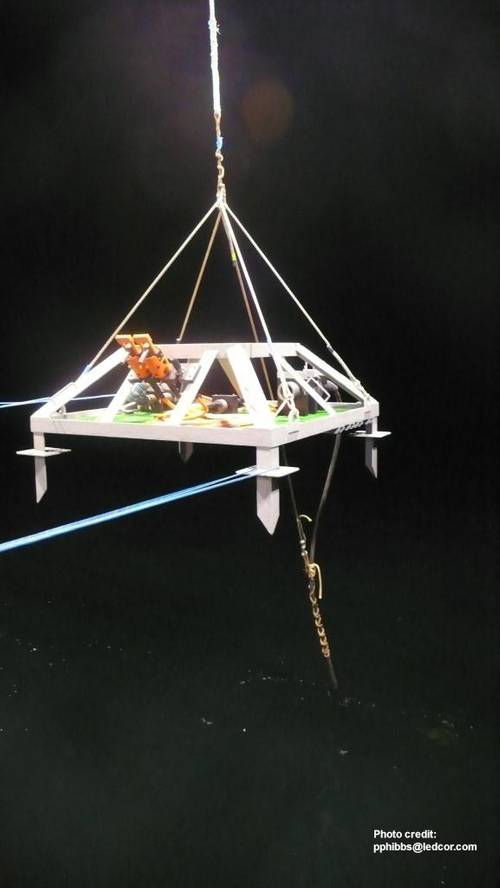Subsea observatory off Ireland’s coast goes live with Teledyne Marine interconnect
Ireland currently imports most of its energy from sources outside the country, but has an excellent natural resource in the form of ocean power off of its west coast, in Galway Bay. To take advantage of this clean, natural energy resource would make a major environmental and social contribution, and reduce Ireland’s carbon impact. Harnessing the energy from ocean activity will require a detailed understanding of the ocean’s behavior in this location, then subsequent commercial development to bring the energy onshore. To support this long-term vision, strategic infrastructure in the form of a subsea observatory was officially activated on July 1, 2016. The subsea observatory will conduct real-time analysis of ocean behavior to enhance Ireland’s understanding of the sea, the impact of weather and climate change, and how the sea reacts with man-made products underwater. This information is vital to accelerate marine research, environmental monitoring, aquaculture and fisheries, and alternative energy sources.
Initial installation of the cable and sensors
Initial installation of the cable and sensors took place in April 2015, where a 2.5 mile (4 km) cable connected a floating shore station to a frame on the seabed. Various types of sensors and monitoring equipment are attached this frame, or node. Fiber optic and electrical cables are installed to transfer power and data between the onshore facility and the underwater sensors. On July 1, 2016, power to the cable was activated and data transfer from the bottom of the ocean could begin.
Teledyne Marine supplied multiple wet mateable connectors and cable terminations to allow the flow of electrical power and fiber optic data transmission. The interconnect assemblies are electro-optical hybrid configurations to allow power and data transmission from the same cable. Teledyne Marine supplied ODI Nautilus Rolling Seal Hybrid Connectors with Angled Physical Contact interfaces to ensure an optical return loss of >45 dB, providing excellent underwater operational reliability. Hybrid Field Assembled Cable Terminations (FACTs) provided the cable breakouts from the main subsea cable. The project also required Teledyne Marine’s New Product Development group to qualify a new high strength termination for the telecom cable within the observatory. The connectors and cable terminations are rated for a 30 year performance life, giving the observatory the power and data connections required for such long-term projects.
• 

 February 2024
February 2024


